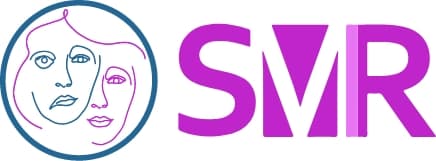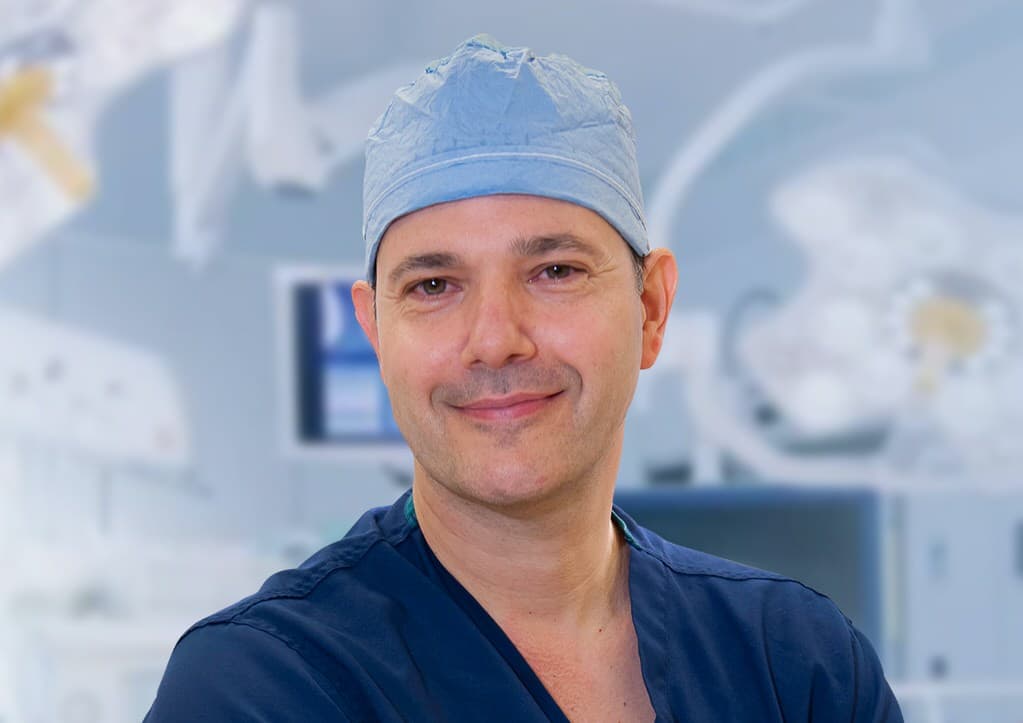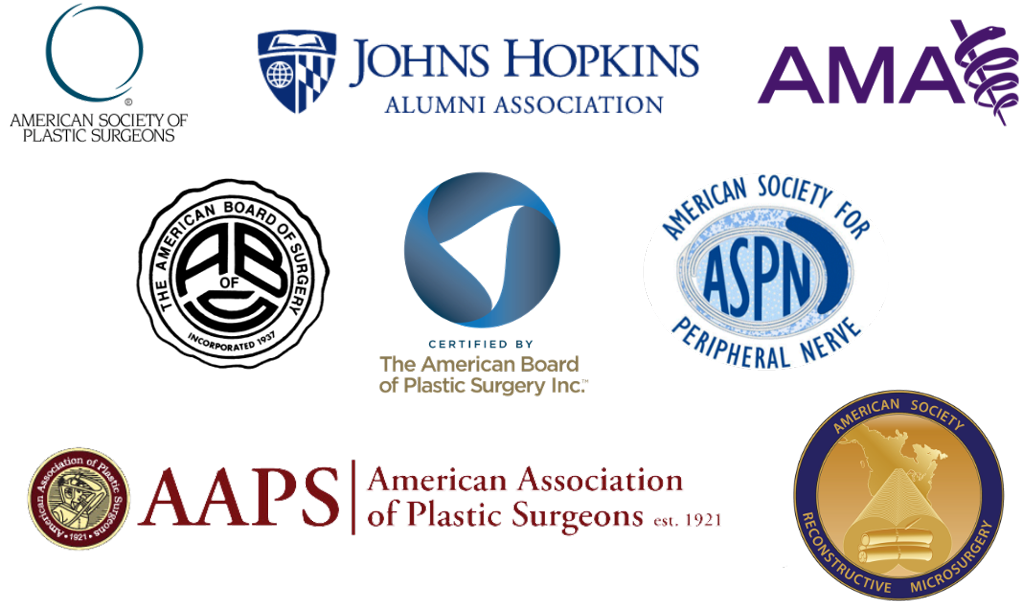Shai M. Rozen, M.D., F.A.C.S.
1801 Inwood Road
Dallas, TX 75390
Phone: (214) 645-2353
Monday–Friday: 8 a.m.–5 p.m.
Facial Nerve Physical Therapy
Facial nerve physical therapy helps patients who have undergone facial reanimation surgery improve facial functioning. Alone, physical therapy has limitations in the improvements it can provide, but when used in conjunction with surgical interventions, it has a synergistic effect. It can also provide a valuable exercise plan for patients to do on their own.
It is always important for patients to remember that physical therapy sessions only provide a guide for exercises; to obtain the desired effect, patients must commit to a consistent exercise plan.
View Before & After Photos
What is the role of facial nerve physical therapy?
Facial nerve therapy involves exercises for improving facial control and reducing unwanted or involuntary movements of the face. In the completely paralyzed face, exercises are less beneficial due to a lack of nerve input. Exercises become important in patients with some degree of motion and even more so in patients with synkinesis.
While exercises may involve a wide range of techniques, good techniques always involve some degree of self-feedback. The patient must commit to performing the exercises regularly and not depend on external apparatuses.
At UT Southwestern, Dr. Shai Rozen’s group has highly experienced facial nerve physical therapists who provide personal guidance and work closely with their facial paralysis patients.
Who performs facial nerve physical therapy?
A trained and certified physical therapist with additional training and expertise in treating patients with facial paralysis provides facial nerve physical therapy. It is essential for therapists to know facial nerve and muscle anatomy to direct the training to specific areas of the face based on the patient’s unique needs. It is also crucial that therapists are aware of and understand the different surgical procedures so they can modify treatment plans as patients improve.
When do patients begin facial nerve and muscle physical therapy?
In general, if there is no nerve input into the muscles (the mimetic muscles are paralyzed), there is very little to work with during physical therapy. The role of therapy begins when some degree of innervation or muscle motion is observed. This can occur on its own over time, as is frequently seen in patients recovering from Bell’s palsy and other injuries to the facial nerve or after surgical interventions. Once muscle tone or activity is seen, physical therapy can be helpful.
Dr. Shai Rozen
Dr. Rozen is a board-certified plastic surgeon who co-created a facial paralysis specialty group with colleagues from otolaryngology & neurosurgery at the University of Texas Southwestern Medical Center.
Meet Dr. Rozen
Is physical therapy especially helpful for a specific facial paralysis condition?
As mentioned above, some tone or degree of motion is important for physical therapy to be effective. Therefore, facial nerve and muscle physical therapy are helpful in patients with facial weakness and patients with synkinesis.
Can facial nerve and muscle exercises alone solve all the issues seen with a weak or synkinetic face?
It is important to understand that physical therapy is used as an adjunct to other interventions. In most situations, interventions that may range from BOTOX® injections to surgical procedures will help the patient, and physical therapy can improve the results. These procedures can involve weakening excessively strong muscles or conversely innervating paralyzed muscles via nerve transfers and grafts, or when those options are not applicable, transplanting a new muscle with its nerves and blood vessels to restore function.
Will one session with a physical therapist provide lasting results?
The short answer is “no.” The physical therapist’s role is to provide the patient with guidance and encouragement, but the work and self-exercise are up to the patient alone. Without the patient’s dedication and constant and consistent work, physical therapy will have no effect. Continued self-exercises are critical because part of the effect is immediate and lasts only for a short period after the exercise, while other exercises may take years of training to take effect, likely due to changes occurring at the brain level after new learning patterns are embedded.
A Valuable Resource for Those Affected by Facial Paralysis
If you, a loved one, or a patient is affected by facial paralysis, it’s crucial to have accurate, up-to-date information about symptoms and solutions. Board-certified plastic surgeon Dr. Shai Rozen, a specialist in facial paralysis and facial aesthetics, created Your Guide to Facial Paralysis & Bell’s Palsy to be a readily accessible resource for all.
This downloadable, printable e-book makes it easy to understand:
- How paralysis affects the face
- When it’s time to see a specialist
- Common causes of facial paralysis
- The difference between facial paralysis and Bell’s palsy
- Myths and facts
- The latest treatment options
- Answers to common questions
Get your free copy today—to download or view in your web browser—by completing the following fields:

Next Steps
For more information about facial nerve and muscle therapy, request a consultation to meet with Dr. Rozen at UT Southwestern Medical Center.


